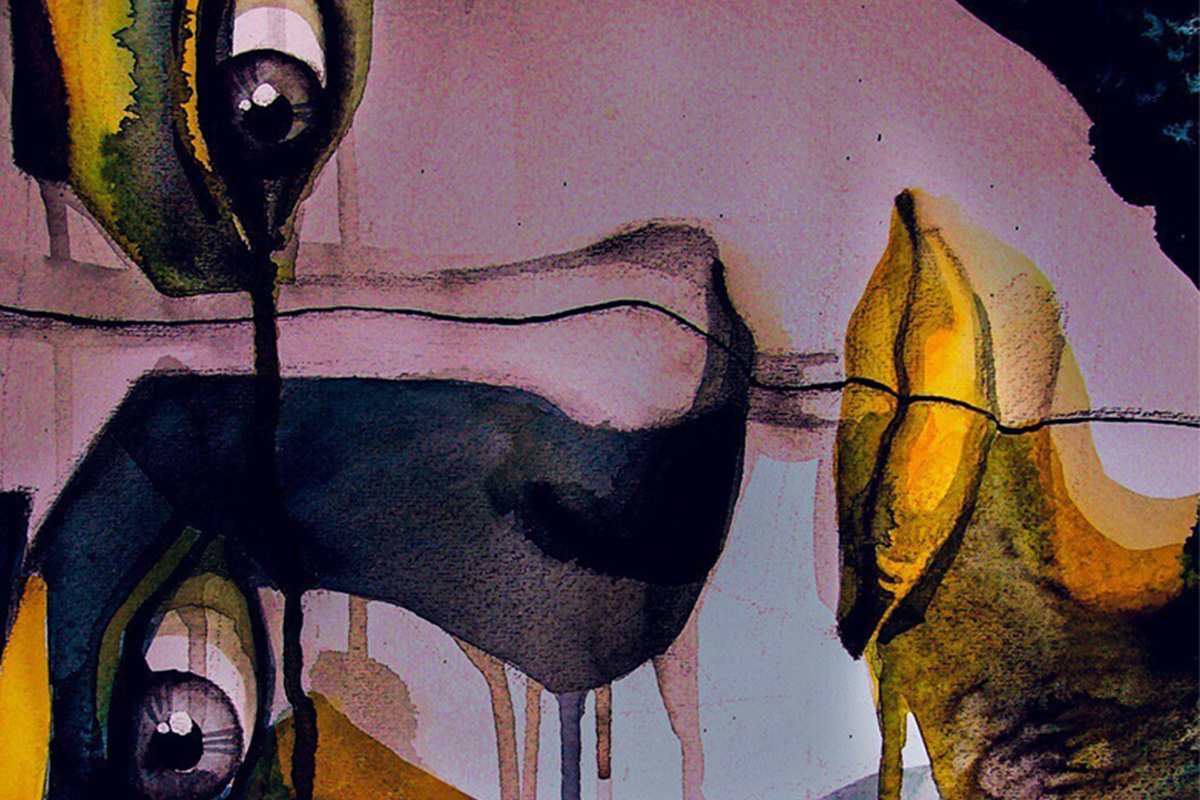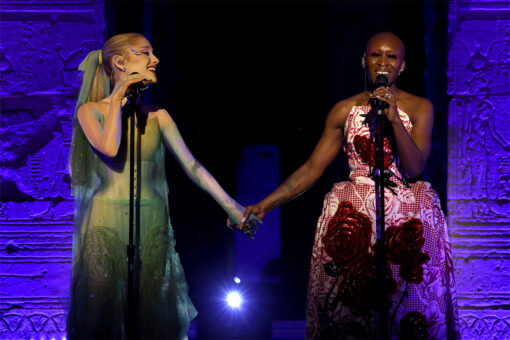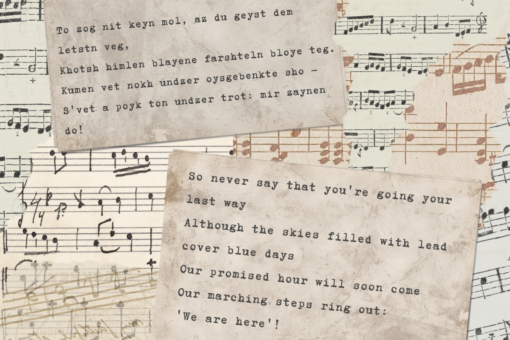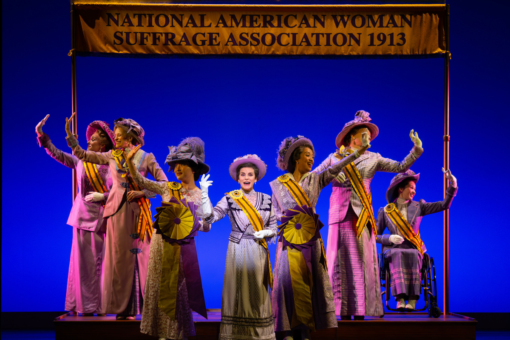Content warning: sexual abuse
In 2014, Rabbi Barry Freundel of Kesher Israel Congregation in Washington, DC was arrested for voyeurism after a search by police revealed that he had been videotaping women in the mikveh without their consent. He took particular advantage of converts-in-progress, encouraging them to take “practice dunks” in the mikveh (something he made up) in order to maximize his ability to spy on them. As many as two hundred women may have been subjected to this specific abuse, in addition to many more women who experienced other forms of gender-based mistreatment from him throughout his career.
Hearing this news as a teenager hit me hard. He was one of the rabbis of my community and had even married my parents. To me, what Barry Freundel had done seemed like a singular evil — how could someone prey on women in such vulnerable moments, especially in a sacred context?
Since Freundel’s crimes were discovered, I have read a number of stories of other rabbis exploiting their power to abuse people who trusted them, most often women or children. Still, the incidents all seemed to me isolated examples of rabbis who were simply terrible people and who found pathways for abuse through their rabbinate.
Then, I read “When Rabbis Abuse,” a book by sociologist and Jewish feminist Elana Maryles Sztokman, published in June 2022. The book compiles the stories of 84 victims and survivors (Sztokman employs both terms) within Jewish communities. Sztokman starts the book by analyzing the grooming tactics that allow predators to take advantage of others and the stages in which they target victims, break down any resistance they may show, establish trust and gain their loyalty, and play mind games with the victim while lying to the community around them about what happened. Her thorough and careful breakdown makes it easy to understand the patterns of a phenomenon that can, at first glance, seem unimaginable.
After sharing these testimonies and explaining the methods abusers use to perpetrate horrific acts, Sztokman goes on to lay bare the characteristics of Jewish communities and institutions that allow for this kind of abuse to happen. She focuses especially on synagogues, schools, and summer camps, all institutions with clear power hierarchies and which serve children, specifically.
“When Rabbis Abuse” forced me to confront the reality that Barry Freundel’s crimes did not occur in a vacuum. The grooming tactics and settings ripe for abuse that Sztokman lays out in “When Rabbis Abuse” helped me realize that it is not singular evil men who make the Jewish community unsafe: The culture in many of our Jewish institutions is a fertile breeding ground for that abuse. Rabbis can use their pulpits for spiritual and emotional manipulation; camps and youth groups are hotbeds of hookup culture that also often fail to enforce proper boundaries between youth and adults; and charismatic leaders, whether rabbis, teachers, or other authority figures create a “starstruck” audience that fails to hold them accountable for their actions.
As such, to fix the epidemic of abuse, we cannot rely on carceral solutions that simply remove dangerous individuals from communities; we must all work to better our communities so that they will no longer provide the necessary infrastructure for abusers.
Part and parcel of the epidemic of abuse in Jewish communities is the way women are treated in those spaces. One of my most vivid memories of Jewish day school is having an email sent home to my parents that my leggings were “inappropriate for school.” I was a child (perhaps nine or ten years old), and I was being sexualized by an Orthodox teacher at my Jewish school. Since then, I have had countless experiences of feeling marginalized or disempowered in my Judaism because of my gender, but this experience stands out. As long as women feel uncomfortable with their gender, bodies, and sexualities in Jewish spaces, abusers will exploit those feelings to create new victims.
When talking about gender abuse in Judaism, we must keep in mind that abuse does not belong solely to any one denomination. There have been a number of reports and studies on sexual abuse within the Orthodox community, but very few regarding other communities. Though aspects of Orthodoxy, such as explicit gender inequity and lack of open discussion about sex, are almost certainly correlated with rates of sexual abuse, those of us in liberal denominations cannot write off this problem as “theirs” and not ours.
In reality, there is a unique form of abuse in liberal Jewish communities (including a small number of left-wing Modern Orthodox communities): that of women clergy. While women rabbis and cantors have unique power to change the rabbinate by bringing their experiences of marginalization to the forefront, they also often end up as the targets of abuse, whether from male rabbis or even congregants.
Learning about Freundel’s abuse of women in his community set me on a path of exploring gender and Judaism that have culminated in my own pursuit of a career as a rabbi. My own experiences of gender marginalization and hearing others’ experiences of abuse have inspired in me a desire to do the necessary work to make other Jews feel empowered — rather than marginalized, or God forbid abused — in their Jewish communities and identities.
But it isn’t just rabbis who have a role here: Students, teachers, clergy, lay leaders, board members and congregants can all hold their communities accountable. There are countless ways to combat abuse in any Jewish community: If you are a teacher, a parent, or otherwise work with youth, you can teach them about consent. If you work at a non-profit, you can fight to hold donors accountable for bad behavior, despite their financial power. And, if you are “just” a Jew, living any part of your life in the Jewish world, you can educate those around you about these issues, ensuring that everyone in your community feels empowered to take a stand if they – or others – are experiencing abuse.
As our texts teach us, kol Israel arevim zeh ba’zeh – all Jews are responsible for one another. And that responsibility begins with the simple yet foundational task of ensuring that all members of our community are safe.



